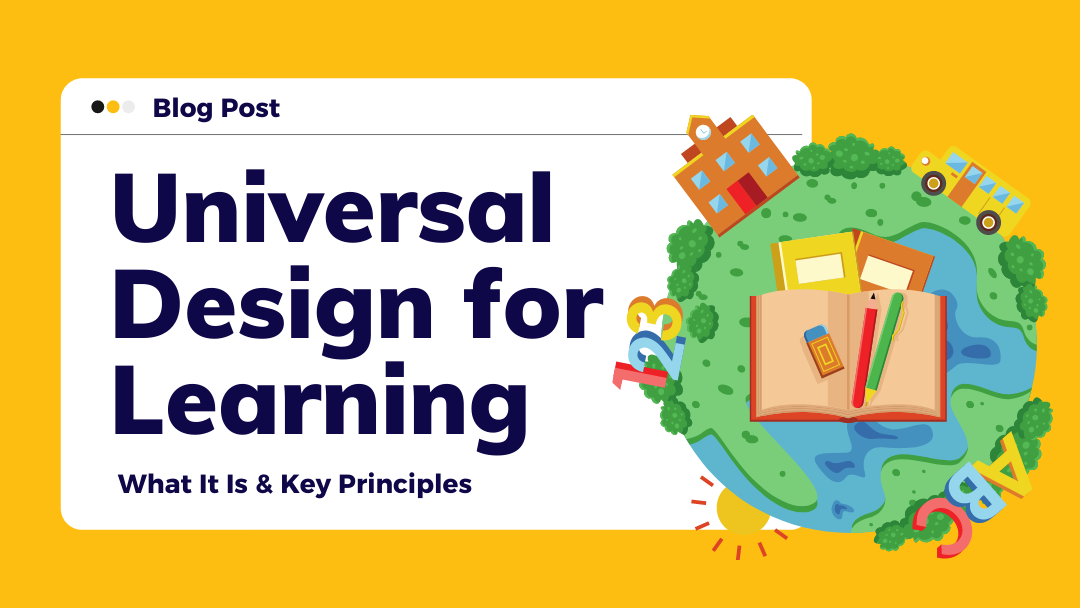Universal design can be found in services, products, and environments. It is most commonly found in products such as wheelchair accessible MRT gantries and stairs with slopes that are widely used by all kinds of people.
As its name suggests, universal design is when you design a product to make it accessible to everyone.
When it comes to education, universal design for learning plays a key role in providing an equal opportunity for all students to learn and succeed.
What Is Universal Design for Learning?
With society’s current focus on personalised learning, universal design for learning may sound counterintuitive. After all, how can you teach all students using a generic teaching method?
However, that is not what universal design for learning is about.
Rather than using just one method to educate all learners, universal design for learning aims to use a plethora of styles and techniques to breach the learning gap for all learners.
By introducing new teaching methods to your students, there will be more flexibility in learning to help meet their individual strengths, weaknesses, and needs.
In Singapore, Universal design for learning is found in the Ministry of Education’s Students Learning Space portal. The portal was launched as an initiative to transform the learning experiences students have in Singapore by providing equal access to resources and exposure to different learning modes.
Key Principles and Guidelines of Universal Design for Learning
In universal design, there are seven principles:
1. Equitable use:
The design should be useful to and usable by people of diverse abilities.
2. Flexibility in use:
The design should accommodate a vast range of preferences and abilities.
3. Simple and intuitive use:
The design should be easy to understand and use, regardless of the user's existing experience, knowledge, language skills, or concentration level.
4. Perceptible information:
The design should be easy to understand, regardless of the user’s environment or sensory abilities.
5. Tolerance for error:
The design should have minimal hazards and consequences from accidental user actions.
6. Low physical effort:
The design should allow for efficient and comfortable use that does not tire the user.
7. Size and space for approach and use:
The design should be appropriately sized and spaced for the intended approach and use, regardless of the user's shape, size, posture, or mobility.
When it comes to universal design for learning, it boils down to three key principles:
1. Engagement
This signifies increasing student engagement by finding ways to motivate students and maintain their interest.
Examples of using engagement in universal design for learning:
- Allowing learners to make their own decisions
- Assigning tasks that are relevant to learners’ lives
- Gamifying your skill-building material
- Plan your class in a way that allows students to get up and move around
2. Representation
This refers to providing information in different formats to make sure all learners are able to understand.
Examples of using representation in universal design for learning:
- Giving students the option to use text-to-speech if they are audio learners
- Giving visual and verbal directions by writing and saying instructions
- Incorporating videos, podcasts, and hands-on learning
3. Action and Expression
This means providing various methods for learners to respond to and navigate around newfound knowledge and understanding.
Examples of using action and expression in universal design for learning:
Letting students choose from different assessments such as
- A written test
- An oral report
- Creating a video or slideshow
- Doing a group project
The Takeaway
Universal design for learning is a powerful tool that can help you best help your students. You can incorporate these tips into your classrooms and watch how your students grow.
If you have any questions, feel free to contact Noodle Factory here!
